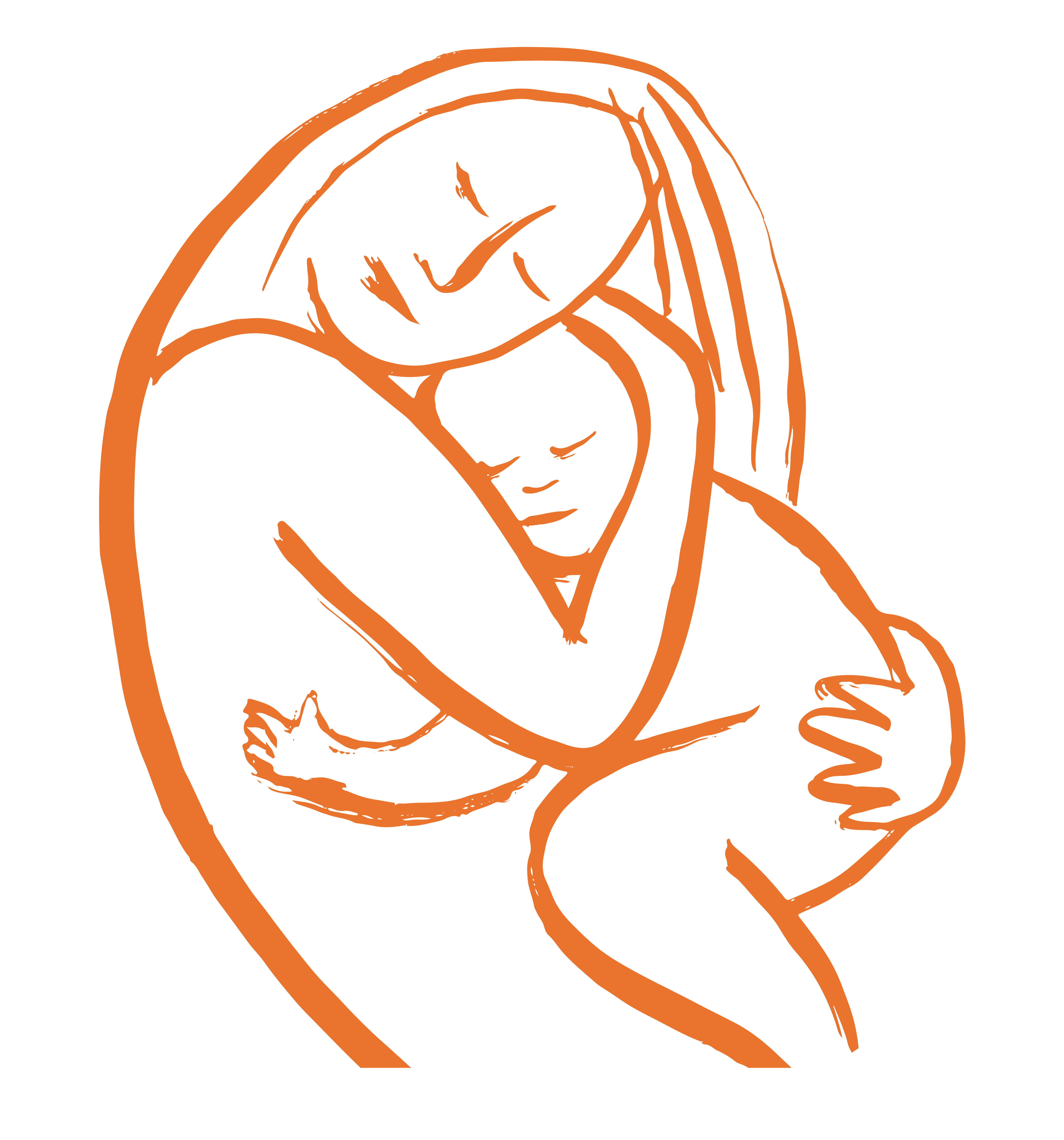The United Republic of Tanzania is located in the African Great Lakes region in East Africa. It is one of the world’s poorest economies in terms of per capita income, but among the fastest growing economies due to increased gold production and tourism.
Tanzanians face significant health challenges, including high HIV/AIDS rates. Because approximately 88% of the population lacks access to improved sanitation facilities and only about half have improved water facilities, there are also high rates of waterborne illnesses like bacterial diarrhea, Hepatitis A, and Typhoid fever. The population also suffers from high rates of malaria and, because so many citizens live in poverty, high rates of malnutrition. These major challenges directly impact women’s health, affecting their ability to have safe and healthy births.
Tanzania remains one of the most dangerous places on earth for a woman to become a mother. It is estimated that 454 maternal deaths occur for every 100,000 live births, and a woman’s lifetime risk of dying from pregnancy-related causes is 1 in 45. The average age for a woman to become a first-time mother is 19 years old, and mothers have an average of five children. Per every 1,000 lives birth, 44 infants die.
Tanzania remains one of the most dangerous places on earth for a woman to become a mother.
THE LEADING CAUSES OF MATERNAL HEALTH COMPLICATIONS AND DEATH ARE:
Hemorrhage
Infection
Prolonged and obstructed labor
Preeclampsia and high blood pressure
Unsafe abortions
Barriers to Maternal Care and Drivers of Maternal Mortality Rates in Tanzania
Distance to Care is a Major Barrier: In countries like Tanzania, especially in rural areas, distance is an enormous barrier for mothers who need healthcare of any kind. In fact, the minimum distance a pregnant woman has to travel for prenatal care is 5K. An average distance to reach emergency obstetric care is 35K, and often times much more. There are very few well-equipped healthcare facilities and many are inaccessible for rural women. With no access to transportation, poor roads, and severely limited resources, almost half of Tanzanian mothers deliver at home and only 46% are assisted by a trained attendant, midwife, or doctor.
Distance to healthcare facilities also affects contraception use, which stands at about 34%. This low rate of is also a result of women being unable afford contraception or not knowing enough about how it works. In some cases, women are not allowed to use contraception by their husbands or families.
Dearth of Training and Resources for Healthcare Providers: Tanzania has a shortage of trained healthcare workers, and many health facilities lack the proper equipment and supplies, including reliable electricity, needed to provide quality obstetric care. There has been some success in improving health facilities and training for traditional birth attendants, midwives, and doctors, yet in most regions of Tanzania, there is only one doctor for every 100,000 citizens.

